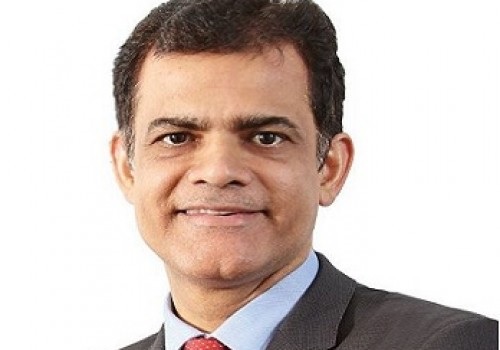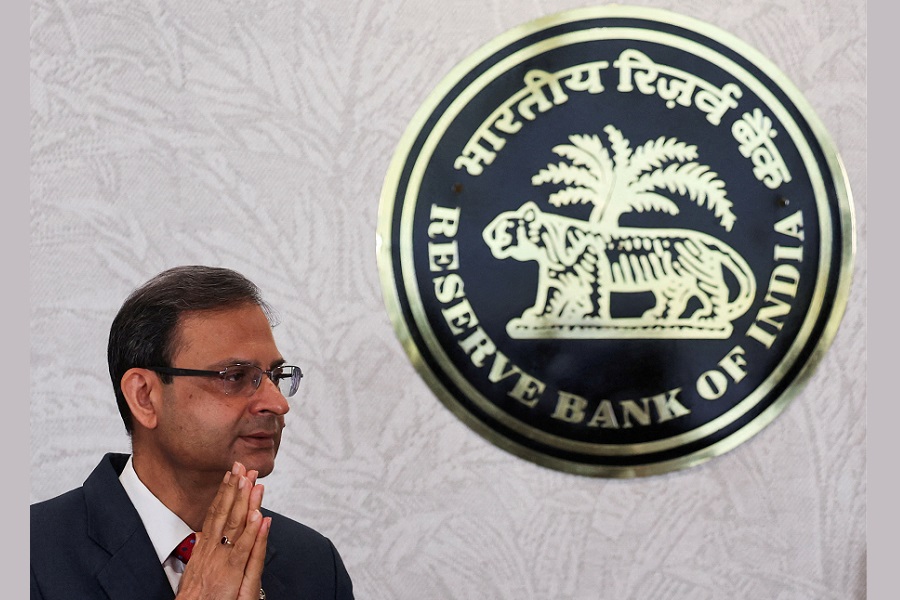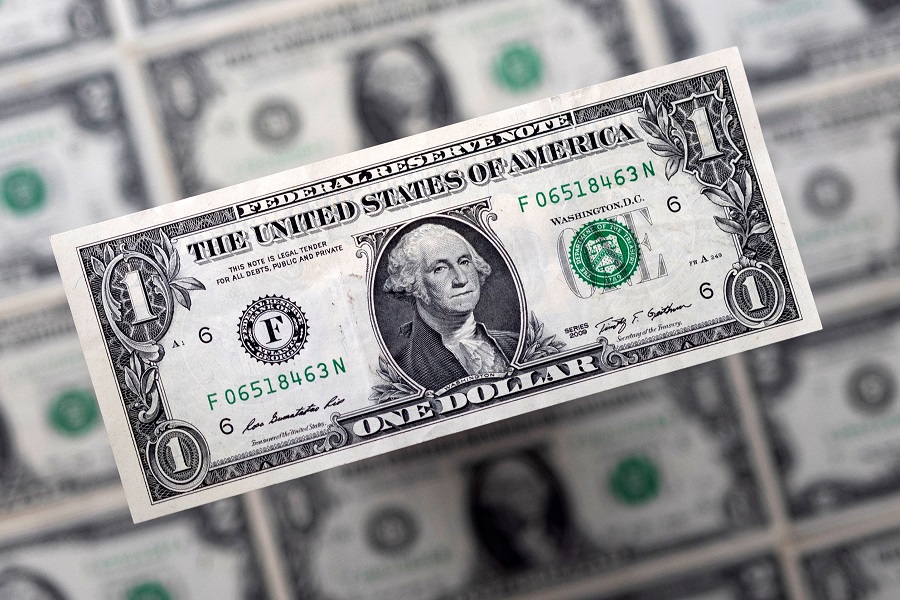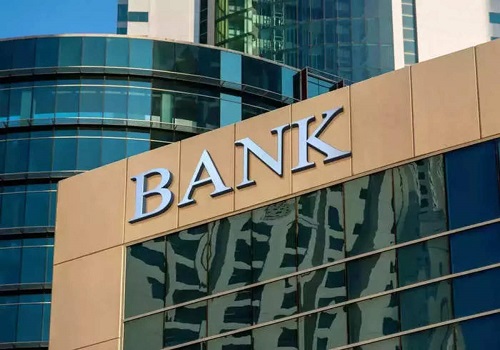RBI Monetary Policy Update - Inflation Battle Turns Into A Campaign For Growth by SBI Capital Markets

EXECUTIVE SUMMARY
De-escalation on the fast track: RBI salutes growth goals, slashes the repo rate to 5.50% and signals early conclusion of rate cut cycle
Frontloading policy action, the RBI’s MPC resolved to reduce the repo rate by 50bps by a 5-1 vote. This decision was supported by lower inflation risk amidst continued uncertainty from global factors clouding growth. The Governor was categorical that the price mandate does not mean the RBI is challenged to use its tools to support growth and credit offtake. For the latter, the CRR has also been slashed by 100bps to 3%, potentially releasing Rs. 2.5 trn for credit needs. The stance was changed to “Neutral” from “Accommodative”. Given the stance indicates the direction of future policy and the statement reading that “policy has left with very limited space to support growth” this could mean a swift end to the cut cycle. Consequently, we anticipate future policy decisions to be data driven, with at max ~25bps of additional rate cuts.
Battle against inflation is over as downside risks dominate: global factors and an enormous food basket aiding the descent
The outlook for consumer prices stands significantly changed, epitomised by a 6-year low CPI print in Apr’25. A tariff pause has given time for global supply chains to readjust. The possibility of India getting a trade deal before China is high and its impact may be disinflationary as China dumps in non-US markets. At the same time, deceleration in global growth is expected to impact demand, leading to cooling commodity prices. Brent below USD 70/bbl bodes well, though its impact is usually indirect modulated through a web of levies. Finally, superior foodgrain production in FY25 and above-normal monsoon in FY26, will curb food inflation, which was an irritant through FY25. Accordingly, the RBI adjusted its CPI projection for FY26 down sharply to 3.7% y/y (earlier 4%). We follow suit, slashing CPI forecast for FY26 to 3.9% y/y, though 20bps higher owing to potential risk from global factors and uneven spatial and temporal distribution of rains
Domestic exuberance defends the growth front though global ghosts and reluctant private capex could be a chink in the armour
FY25 real GDP clocked 6.5% y/y, in line with forecast, with an exuberant Q4FY25 and robustness in indicators such as GST collections and Fastag revenues in early FY26 indicating that the momentum continues in Q1FY26. Private consumption surprised on the upside, and tax breaks for urban middle class combined with monsoon-driven rural prosperity promise succour in FY26 too. GFCF revived in Q4 against all odds and GFCE has ample scope for growth on a low base in FY26. However, significant risks cloud this optimism. The carry over from the global glut could start hitting India, especially in H2FY26. Early signs can already be seen in poor hiring by IT majors despite no tariff impact on services. However, more than the direct impact, indirect impact due to unprecedented volatility in global investment environment is the cause of worry. NSO’s survey shows that private capex intent is set to tank by 26% y/y in FY26 – this would more than offset any gains from GFCF. Accordingly, we retain our FY26 GDP forecast of 6.2% real and 9% nominal growth, both below levels seen in FY25
External front is volatile as INR carefully treads the line of control
Current account balance was manageable in FY25. FY26 could see some volatility with sudden realignments in global asset class allocations impacting capital flows into India. ECBs are expected to fare no better as rate differentials worsen as India cuts faster than the US. Further, EM currencies remain vulnerable as always. These factors will be offset partially by a moderation in trade deficit helped by petroleum imports and a hefty forex buffer standing guard. In the near term, the RBI is unwinding its hefty net short position on currency, which has reversed some of the recovery seen in the INR. On balance, we expect that the INR would depreciate gradually, though many risks have aimed their guns towards the external front
RBI continues to use heavy artillery to keep the system awash with liquidity
The Central Bank continues to keep liquidity in surplus, with a total of ~Rs. 9.5 trn of durable liquidity being injected since Jan’25. The CRR cut of 100 bps in 4 tranches of 25bps starting Sep’25 is expected to infuse another Rs. 2.5 trn by Dec’25. The flush liquidity has ensured effective transmission of rates, and this is best exemplified by the fact that WADTDR (fresh) has moved down ~30bps and WALR (fresh) has moved down ~18 bps, which is above usual for this point in cut cycle [between Feb’25 and Apr’25]. Due to surplus liquidity and front-loading of rate cuts and potential CRR cut, transmission to lending and deposit rates would be swifter.
Yields saw a peaceful descent though we may be nearing the trough
There has been a decline in 10Y Union G-sec bond yields by ~50bps from the beginning of 2025 to ~6.20% levels. Shorter tenor yields have dropped more precipitously (for instance 3Y G-sec has dipped by 1pp), creating a steeper yield curve than before. In the aftermath of the policy, yields remained flattish as the news of an outsized rate cut and CRR dip was offset by change in stance. The rate cut cycle is likely near the end, with at most ~25bps of cuts left in the magazine. Further, the broader outlook remains sensitive to currency volatility and the RBI’s operations. Given the higher risk premium, credit spreads—especially for AArated and below bonds—may widen slightly compared to last year as investors demand higher risk premia
Above views are of the author and not of the website kindly read disclaimer




















